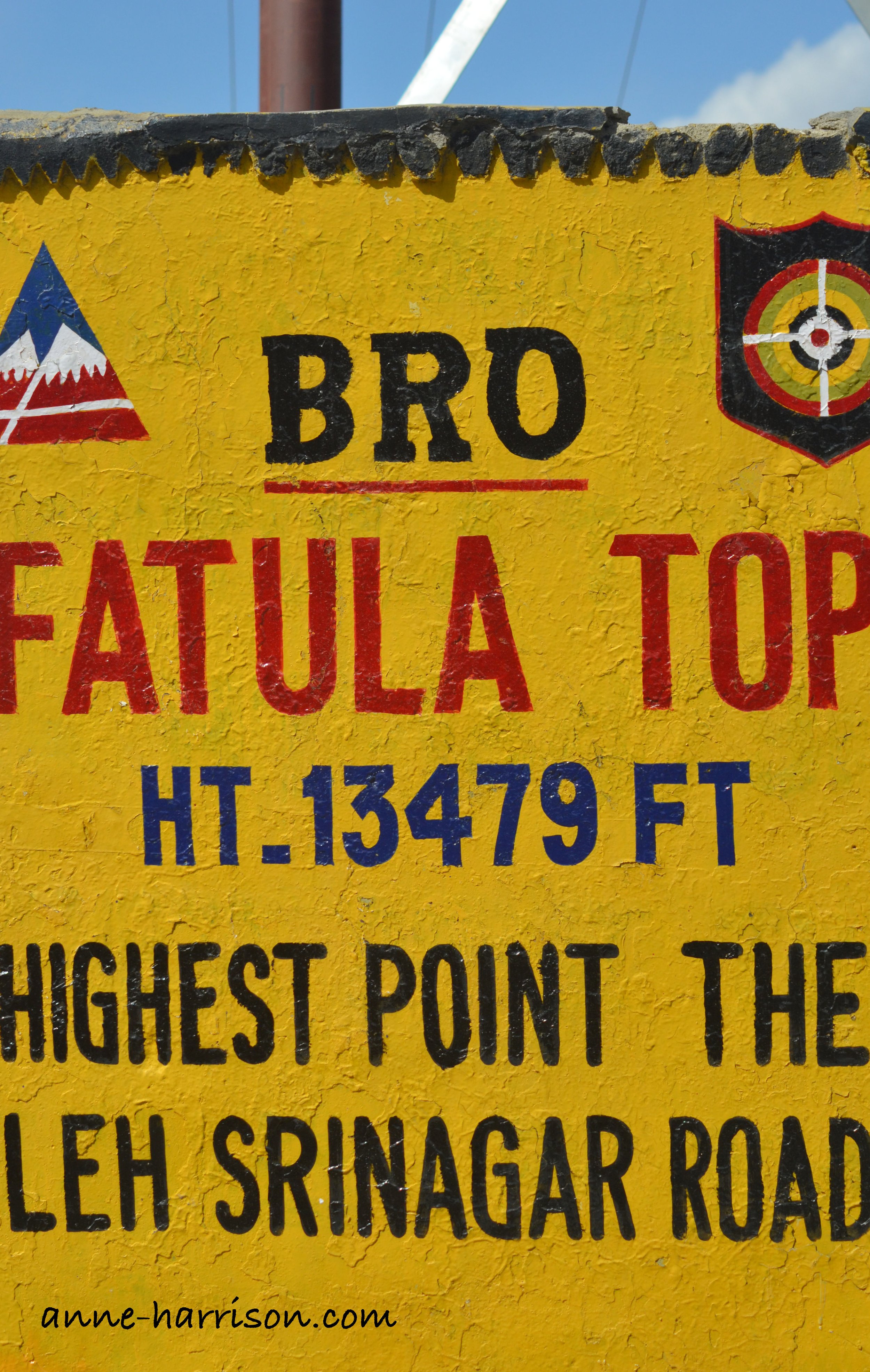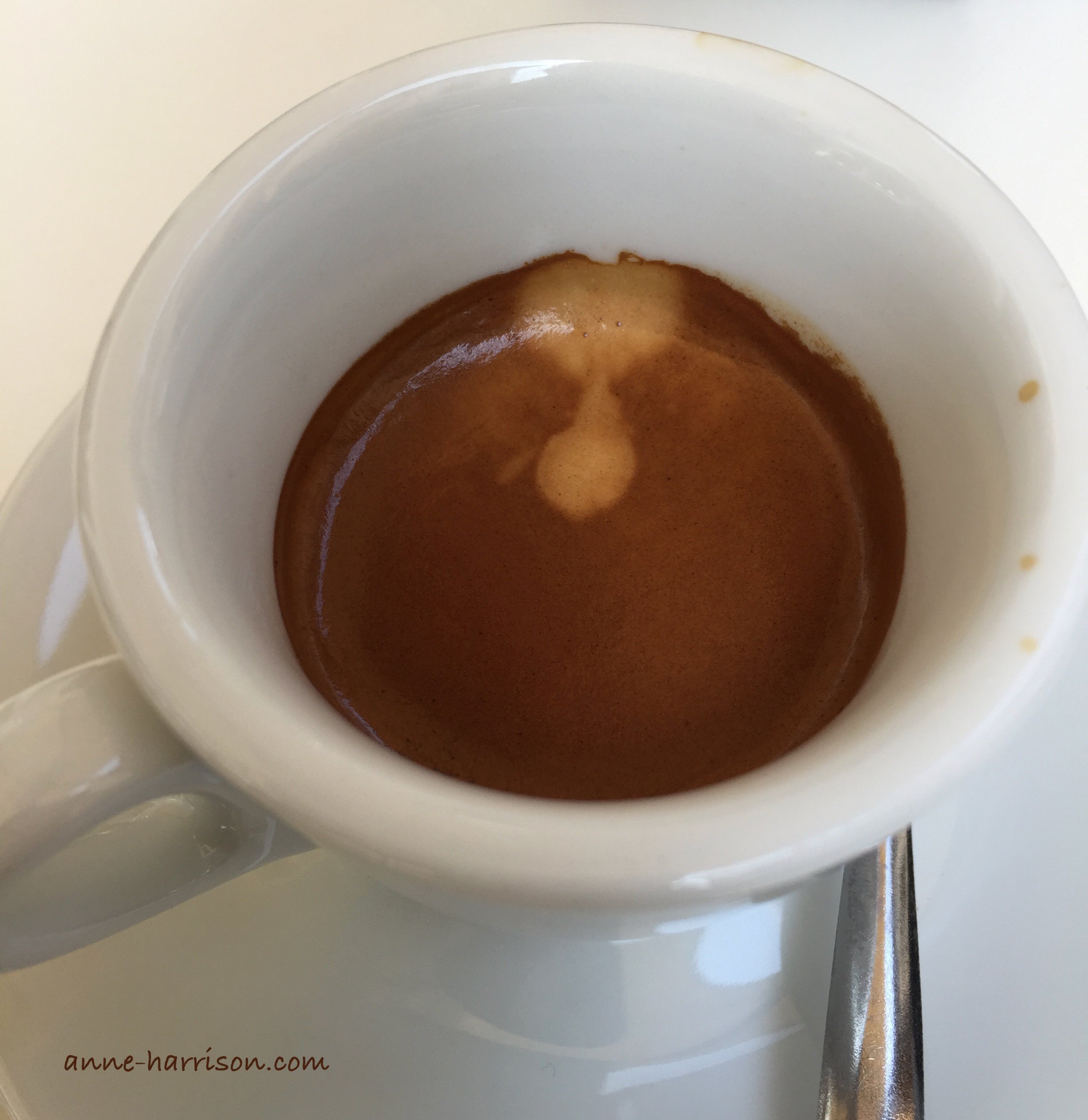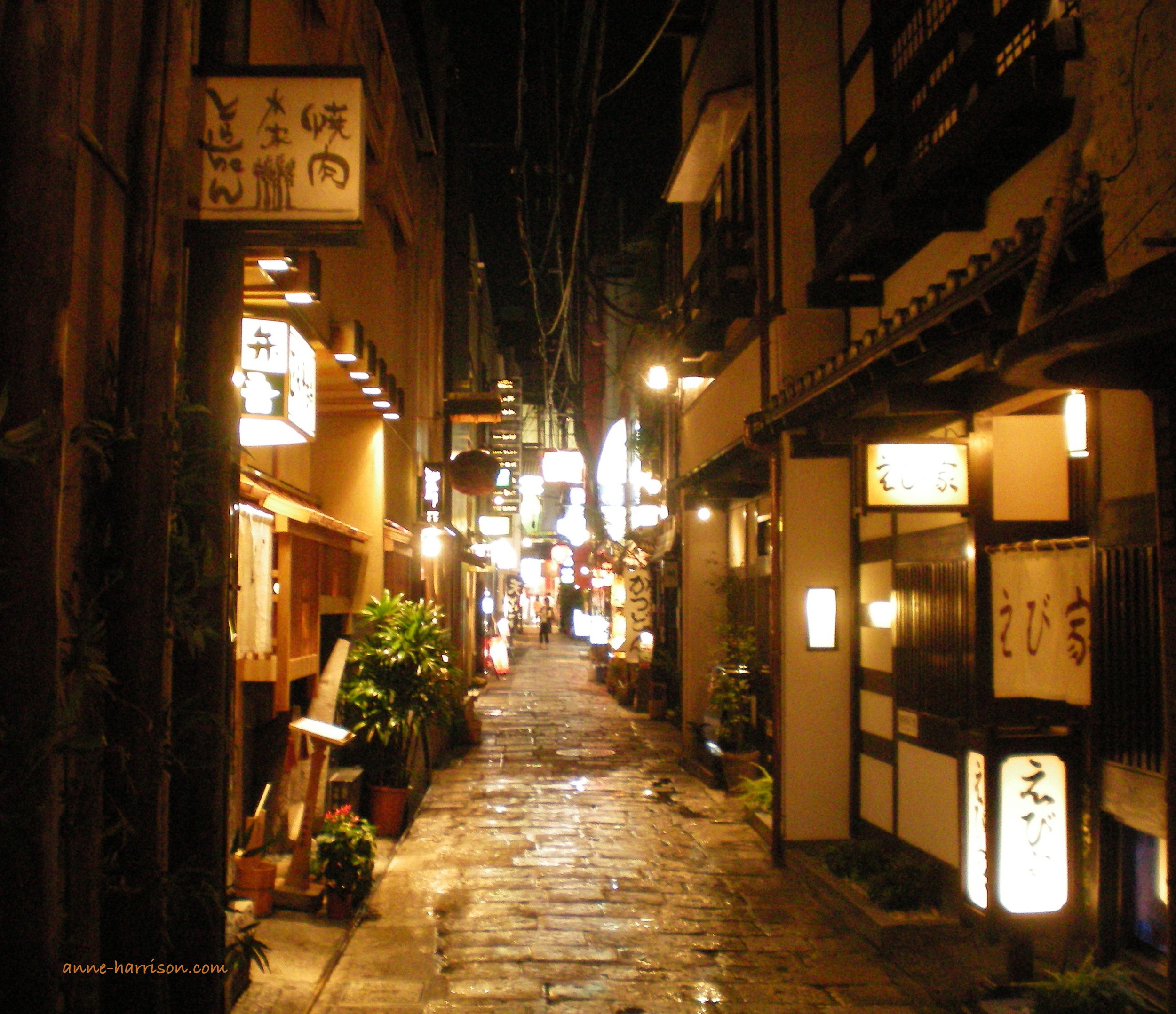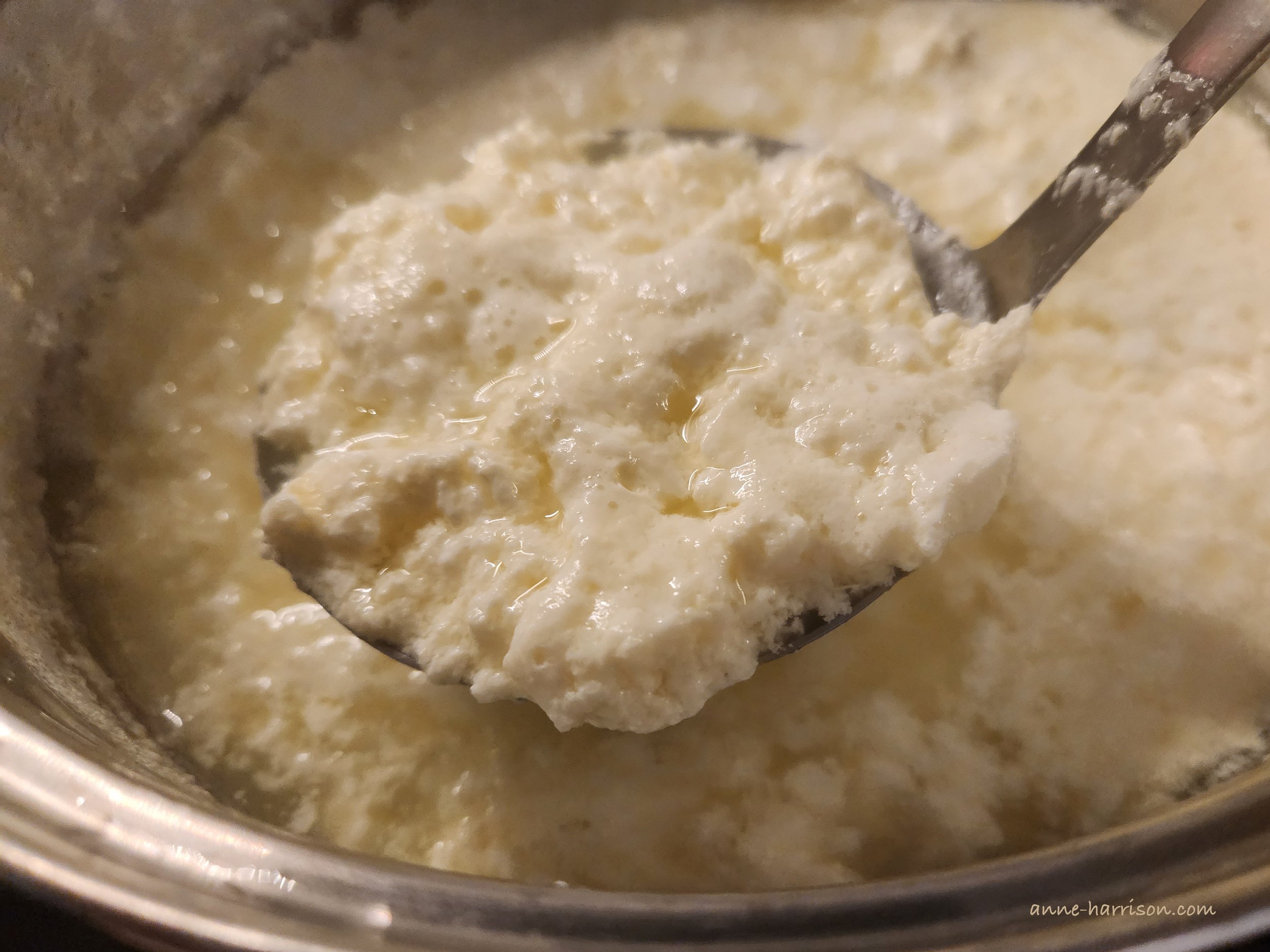As Salty as the Mediterranean - Not
Pasta in Bologna - Perfection © A. Harrison
As salty as the Mediterranean – I always thoughts that’s how salty water had to be for cooking pasta. I don’t know why, and I have no nona in my very Anglo-Saxon family tree to ask. Perhaps I heard it on a cooking show – after all, they love being experts.
I have wondered if it was because the concentration of salt raises the boiling point of water. As the sodium chloride dissolves, the ions alter alter intermolecular forces between water molecules, making it more difficult for them to transition to the gas phase. The added ions also reduces the vapour pressure of the water. A liquid won’t reach boiling point until its vapour pressure equals atmospheric pressure, so therefore a higher temperature is needed for the liquid to reach boiling point.
A higher boiling point is said to cook the pasta better. The amount of salt needed to add to water to make it a similar salinity to sea water is 35g per litre – that’s 7 teaspoons of salt – which will raise the boiling temperature to 102ºC; highly unlikely to make any difference.
At sea level, anyway.
Views on driving to through Ladakh, India (c) A. Harrison
Atmospheric pressure also plays a role. Boyle’s law relates the pressure of gas to volume and temperature (Sorry, I spent too many years in anaesthetics).
PV/T=k
(K being a constant. P=pressure, V=volume, t= temperature)
So, as atmospheric pressure drops, so does the temperature needed to boil the water, if the volume is constant (think lid on the cooking container). In Ladakh, in the foothills of the Himalayas, the altitude is around 3,500 m, (the pass climbed over 4000m) and the water boils at 88º. Pasta never cooks fully at this temperature. (At Base Camp the boiling temperature of water is approximately 84ºC.)
How a coffee should be! © A. Harrison
Then comes flavour. Much of the flavour in liquids comes from the dissolved oxygen – hence why it’s said water should always be boiled fresh to make a cup of tea. Repeated boiling lowers the amount of dissolved oxygen, and so decreases the flavour. The amount of dissolved oxygen in water is also affected by atmospheric pressure: decreasing the pressure lowers the amount of dissolved oxygen. I had a theory this was why it was so hard to find a decent coffee while travelling through Ladakh; at altitude, the coffee was simply less flavoursome. (It was also just bad coffee.) One day I’ll ask an astronaut about their coffee experiences.
However, cooking by water is also affected via osmosis: the heat helps the water penetrate the pasta (or potato or whatever else is in there). This is why pasta cooks poorly at altitude – no matter how long it’s ‘boiled’ the water simply does not penetrate the pasta, and it remains on the crunchy side of al dente. However, adding salt helps to season the pasta. Cooking it in the equivalent of sea water will result in pasta which is simply too salty. Also, since pasta water is often be added to “stretch” a sauce, it makes sense to limit the amount of salt in the cooking water.
It’s such a pity I don’t speak Italian, beyond ordering a meal and booking a room. I was lucky enough to see the pasta Nonas in Bari. They work and display their handmade pastas on a street nicknamed Via Delle Orecchiette. Their skill has been passed down and perfected over generations – who better to learn from the ideal method for cooking pasta?
Enjoy my writing? Please subscribe here to follow my blog. Or perhaps you’d like to buy me a coffee? (Or a pony?)
If you like my photos please click either here or on the link in my header to buy (or simply browse) my photos. Or else, please click here to buy either my poetry or novel ebooks. I even have a YouTube channel. Thank you!
Some of my other posts you might enjoy:











When the zombie apocalypse arrives, why not embrace it and enjoy some food along the way, while travelling the world?